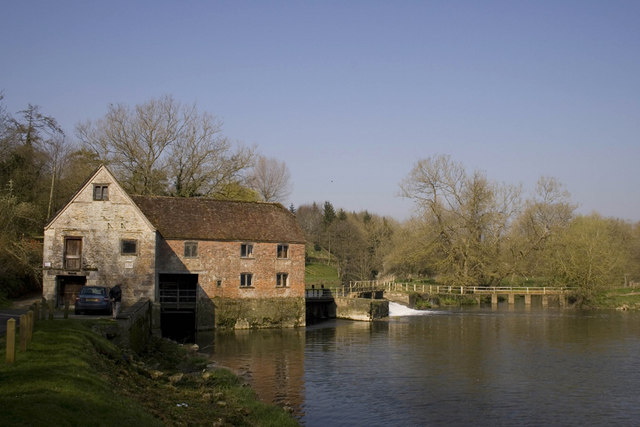Some buildings are put into place with one purpose in mind and a finite lifespan. Others are built to last indefinitely. Still, it’s unclear if the people who built the Sturminster Newton Mill in the 11th century realized just how long it would endure. It’s located on the River Stour in England, and has operated as a museum since 1994 — albeit one which remained capable of milling flour if need be.
That functionality has proven very useful — as Luke Fater reports for Atlas Obscura, flour shortages in the region due to COVID-19 have returned the mill to its original function. And as it turns out, the archaic design of this particular mill makes it ideal for the current crisis:
Only about 4 percent of the flour produced in the U.K. is sold through supermarkets — the rest is packed and shipped in bulk to commercial bakeries and other manufacturers. Even if larger mills could manage the pivot to smaller packaging, social distancing would preclude industrial-scale production, which demands many hands. Pre-industrial milling, however, can be managed single handedly.
The Sturminster Newton Mill isn’t the only centuries-old building of its kind to remain in service. Enterprising and engineering-minded people have restored old mills all over the world, including a 19th century flour mill in Kansas. And while that sort of restoration and preservation can seem strange to some observers at the time, the current moment helps reveal why having structures like these to fall back on is essential.
Subscribe here for our free daily newsletter.
Thanks for reading InsideHook. Sign up for our daily newsletter and be in the know.


















